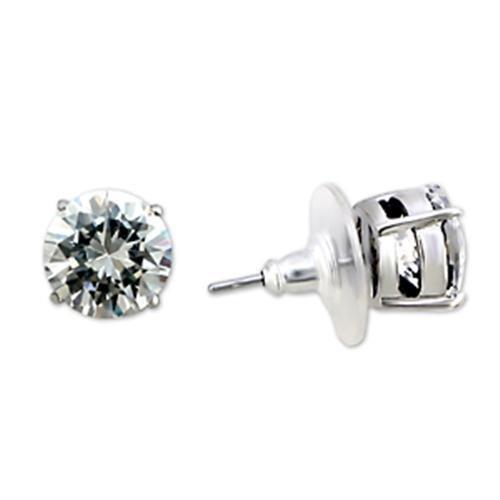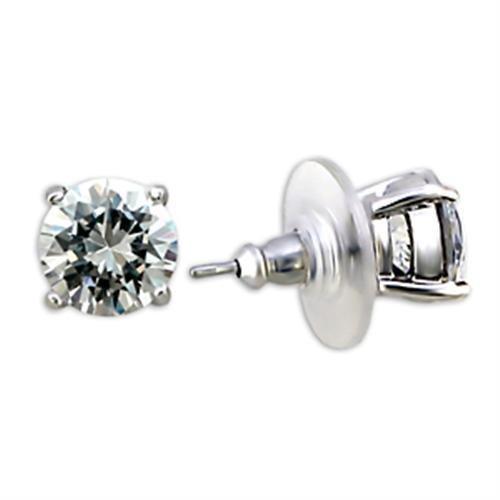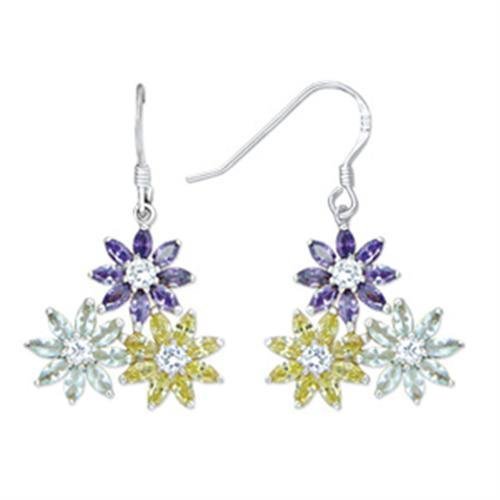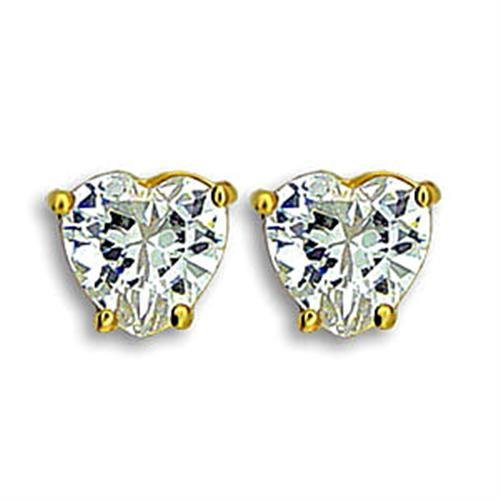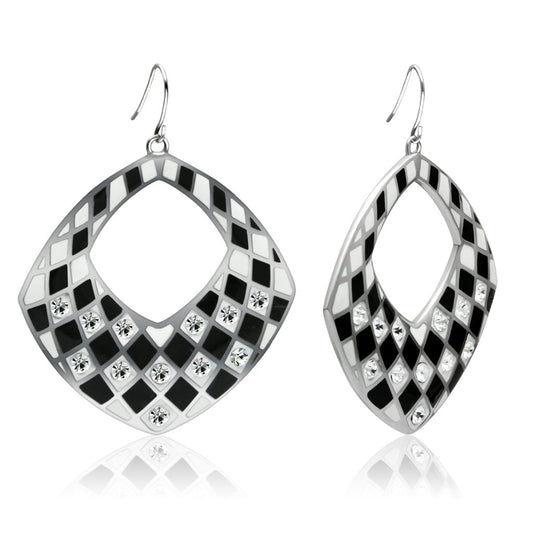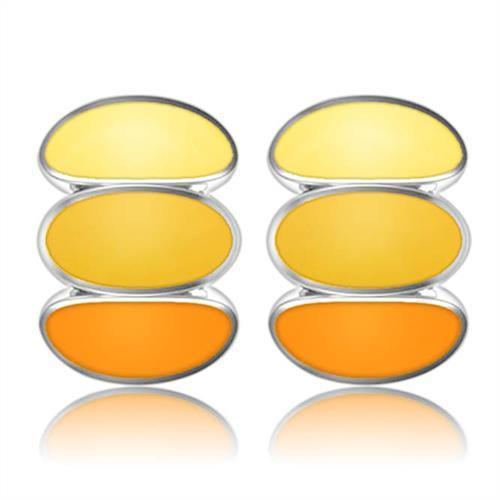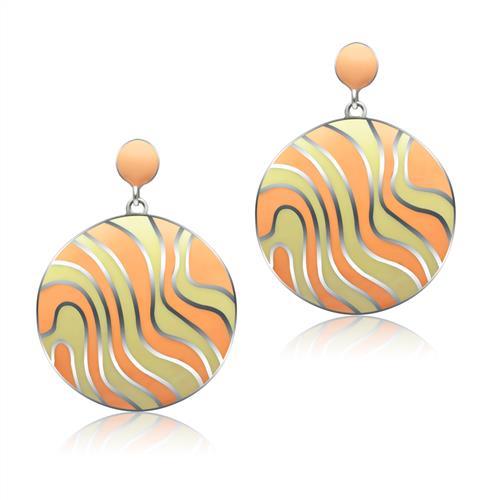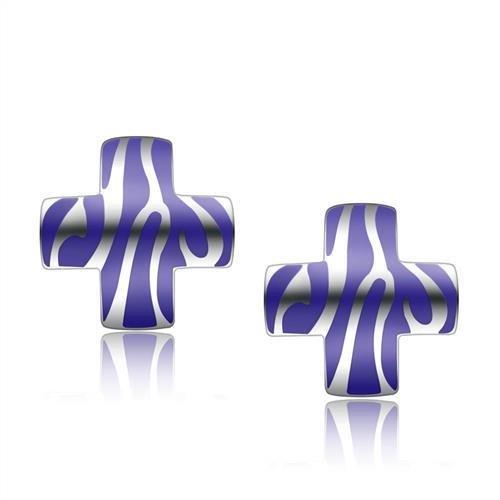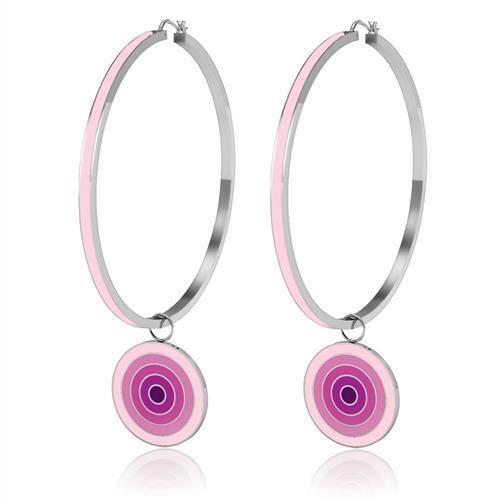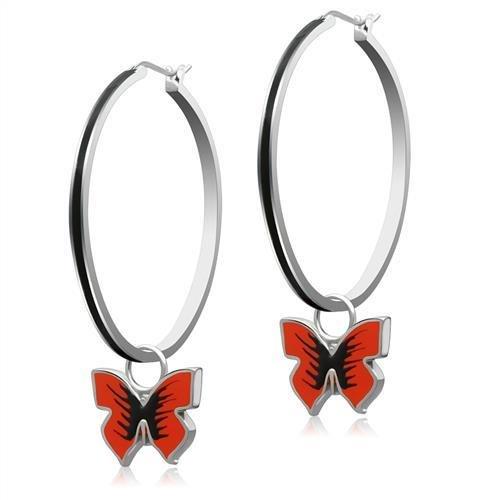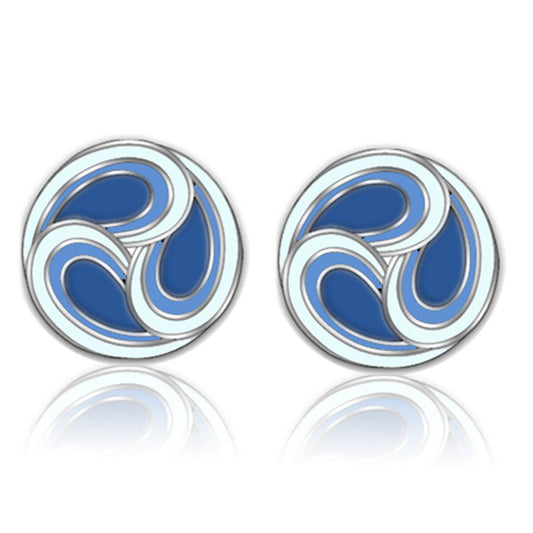Gold has fascinated humankind for centuries, not only for its lustrous beauty but also for its unparalleled value. When it comes to trading and investing in gold, understanding the intricacies of gold measurement is crucial. The question “How many grams of gold are needed to make an ounce of pure gold?” is often asked by those new to the world of precious metals. This article breaks down the essentials of gold weight, explaining how gold is measured, the significance of the troy ounce, and how these measurements influence gold trade and investment.
In essence, this article will cover:
- The precise weight of gold in an ounce, measured in grams.
- The difference between a standard ounce and a troy ounce, and why the latter is used in gold trading.
- How understanding gold weight measurements, like the 31.103 grams in a troy ounce, can enhance your knowledge in gold investments.
- The impact of gold weight on various gold products, including jewelry and bullion.
Table of Contents
- The Mystique of Gold Weight: Why It Matters
- The Troy Ounce: A Tradition in Gold Trading
- Gold Measurement in the Modern Market
- The Importance of Gold Purity and Weight in Investment
- Gold Karats and Their Impact on Weight
- From Karats to Troy Ounces: Converting Gold Weight
- The Role of Gold Weight in the Market
- The Connection Between Weight and Gold Storage
- Gold Weight and Its Influence on Gold Products
- Gold Bars and Bullion: The Ultimate Weight-Based Investment
- Gold Coins: Weight, Purity, and Historical Significance
- Gold Jewelry: Balancing Weight and Aesthetic Appeal
- Gold Trading Units and Their Impact on Market Transactions
- The Evolution of Gold Standards and Their Modern-Day Relevance
- FAQ
The Mystique of Gold Weight: Why It Matters
Gold, as one of the most coveted precious metals, has a unique place in the market. Its weight, measured in troy ounces, is critical in determining its value. Unlike the standard ounce, which weighs 28.349 grams, a troy ounce weighs precisely 31.103 grams. This difference might seem minor, but in the context of gold trading, it’s significant. The troy weight system has been the standard in the gold market for centuries, ensuring consistency and fairness in trading.
Understanding the weight of gold is not just about knowing how many grams of gold are needed to make an ounce of pure gold; it’s also about appreciating the history and tradition behind these measurements. The troy ounce is not just a unit of weight; it is a cornerstone of the gold market, underpinning the way gold is valued, traded, and stored.
The Troy Ounce: A Tradition in Gold Trading
The concept of the troy ounce dates back to the Middle Ages, originating in the trading city of Troyes, France. The troy ounce has since become the global standard for weighing precious metals, including gold. But why is this ancient measurement still in use today?
The answer lies in the precision it offers. A troy ounce, with its 31.103 grams, provides a more accurate measure for gold, which is crucial in a market where even the smallest discrepancy can translate into significant financial differences. This precision makes it ideal for trading fine gold, such as in gold bullion, coins, and jewelry.
The troy ounce’s adoption by the gold market is also a reflection of the value placed on tradition and reliability. In a field where trust is paramount, sticking to established standards like the troy weight helps maintain confidence among traders and investors alike.
Gold Measurement in the Modern Market
In today’s gold market, the weight of gold is more than just a number; it’s a critical factor that affects the pricing, trading, and overall value of gold products. Whether you’re purchasing a gold bar, a gold coin, or a piece of jewelry, understanding how gold is measured can empower you as a buyer or investor.
The 31.103 grams in a troy ounce are the standard for pricing gold across the world. This uniformity simplifies gold trading by ensuring that everyone is using the same measurements, whether they are buying or selling gold in New York, London, or Tokyo. This global standard also influences gold conversion rates, which are vital in converting gold prices into different currencies or weights.
Moreover, the use of the troy ounce in gold trading allows for the accurate assessment of gold content in various products. For instance, gold jewelry is often sold by weight, so knowing the exact grams per troy ounce can help you determine the true value of the piece.
The Importance of Gold Purity and Weight in Investment
When delving deeper into the world of gold, one quickly realizes that gold weight alone isn't the only factor that determines its value. The purity of gold, often expressed in karats, plays an equally important role. Pure gold is defined as 24 karats, which means it is 99.99% gold with no other metals mixed in. However, gold used in jewelry is often less than 24 karats, as other metals are added to enhance durability and alter its color.
Understanding gold purity is crucial, especially when considering gold as an investment. For example, a 1-ounce gold bar with a purity of 99.99% (often referred to as “fine gold”) will be worth more than a 1-ounce gold bar of lower purity. This concept also extends to gold coins, where the value is not only determined by the weight but also by the gold content or purity of the coin.
Gold Karats and Their Impact on Weight
The term "karat" measures the purity of gold alloys, where 24 karats represent pure gold. Each karat represents 1/24th part of the whole, so an 18-karat gold item consists of 18 parts gold and 6 parts other metals. This has a direct impact on the item’s weight in terms of pure gold content. For instance, an 18-karat gold ring weighing 10 grams contains 7.5 grams of pure gold.
This purity and weight relationship is vital for anyone looking to buy gold jewelry, as the higher the karat, the higher the percentage of gold, and thus, the higher the value. When purchasing gold jewelry, it’s essential to consider both the weight in grams and the karat value to determine the true worth of the piece.
From Karats to Troy Ounces: Converting Gold Weight
For those involved in gold trading, understanding how to convert gold weight between different units is essential. As previously mentioned, gold is primarily measured in troy ounces when it comes to trading and investment. However, when dealing with gold jewelry, it’s common to encounter measurements in grams and karats. Being able to accurately convert between these units is crucial for assessing value.
To convert the weight of gold from grams to troy ounces, the formula is straightforward: 1 troy ounce = 31.103 grams. For example, if you have a gold bar that weighs 100 grams, you can determine its weight in troy ounces by dividing 100 by 31.103, which equals approximately 3.215 troy ounces.
Understanding these conversions is not just about knowing how many grams of gold are needed to make an ounce of pure gold, but also about being able to accurately assess the value of gold in different forms, whether it be bullion, coins, or jewelry.
The Role of Gold Weight in the Market
In the broader gold market, weight plays a pivotal role not just in pricing but also in the trading of gold. Gold’s price is often quoted per troy ounce, and fluctuations in the market can lead to significant changes in the value of gold products. For investors, keeping track of these changes is vital for making informed decisions about buying or selling gold.
Moreover, the weight of gold also affects its liquidity in the market. For instance, smaller gold bars or coins, which weigh less, are often easier to sell and trade than larger bars. This is because they are more affordable for a broader range of buyers, making them a popular choice for those looking to invest in gold.
In contrast, larger gold bars, while often offering a lower premium over the spot price, can be more challenging to liquidate due to their higher value. This is why understanding the nuances of gold weight, from grams to troy ounces, and how it affects market dynamics, is crucial for any gold investor.
The Connection Between Weight and Gold Storage
For those investing in significant amounts of gold, storage becomes a critical consideration. The weight of gold influences not only the space required for storage but also the security measures needed. Whether you’re storing gold at home, in a bank, or in a specialized storage facility, the weight of your gold holdings will determine the type of storage solution that’s best for you.
Gold bars and coins, for example, require secure storage options that can handle their weight and protect them from theft. The heavier the gold, the more robust the security measures need to be. This is another area where understanding gold weight and its impact can help investors make informed decisions about how to safely store their wealth.
Gold Weight and Its Influence on Gold Products
Gold’s weight is a foundational aspect that influences not just the value but also the form and function of various gold products. From coins and bars to intricate jewelry, the weight of gold dictates its application and desirability in different markets.
Gold Bars and Bullion: The Ultimate Weight-Based Investment
Gold bars and bullion are among the most traditional forms of gold investment. Their value is primarily determined by their weight and purity, making them a popular choice for those looking to invest in substantial amounts of gold. These products are typically available in various weights, ranging from as small as 1 gram to as large as 400 ounces, the latter often being referred to as a “Good Delivery” bar, commonly used in major gold exchanges.
The relationship between weight and value is straightforward with gold bars. For example, a 1-ounce gold bar, made of 99.99% pure gold, will carry a price that closely mirrors the current market price of gold per troy ounce. This transparency makes gold bars a favored option for serious investors looking to store wealth in a tangible asset.
However, larger bars, while offering a more efficient investment in terms of lower premiums over the spot price, may present challenges in terms of liquidity. In contrast, smaller bars, such as 1-ounce or 10-gram bars, are easier to sell, especially in times of market volatility.
Gold Coins: Weight, Purity, and Historical Significance
Gold coins combine the appeal of pure gold with historical and cultural significance. Unlike gold bars, coins often carry a premium above the gold content due to their rarity, design, and historical value. Coins like the American Gold Eagle, the Canadian Maple Leaf, and the South African Krugerrand are well-known in the market, each with its specific weight and purity standards.
For instance, the American Gold Eagle, one of the most popular gold coins globally, contains 1 troy ounce of gold but also includes a small amount of alloy to make it more durable. Despite this alloy, it is still valued based on its pure gold content of 31.103 grams.
Gold coins are also an attractive option for smaller investments, as they are available in fractional sizes, such as 1/2 ounce, 1/4 ounce, and 1/10 ounce. These smaller denominations allow investors to purchase gold in more manageable amounts while still benefitting from the security and stability of gold ownership.
Gold Jewelry: Balancing Weight and Aesthetic Appeal
When it comes to gold jewelry, weight is an essential factor, but it is not the only one. Jewelry pieces are often crafted from gold alloys, combining gold with other metals to enhance durability and create different colors, such as white gold or rose gold. The weight of the gold in the piece is typically measured in grams, and its purity is indicated in karats.
The value of gold jewelry is therefore a combination of its weight, purity, and craftsmanship. A heavier piece of jewelry with higher gold content (e.g., 18 karats) will generally be more valuable than a lighter piece with lower gold content (e.g., 14 karats). However, the design and brand of the jewelry can also significantly impact its price.
For those interested in gold as both an investment and a wearable asset, understanding how weight and purity affect the value of jewelry is crucial. Whether purchasing a gold necklace or a pair of earrings, knowing the exact gold content helps ensure that the price reflects the true value of the gold.
Gold Trading Units and Their Impact on Market Transactions
In the gold market, various trading units are used to facilitate transactions and conversions. While the troy ounce is the standard for international gold trading, other units like grams, pennyweights, and even kilograms are also in use, depending on the context.
For instance, in some regions, gold is commonly traded in grams, especially in jewelry markets. This means that understanding how to convert between grams and troy ounces is essential for anyone engaged in international gold trading. Moreover, understanding these units allows investors to compare prices and ensure they are getting the best possible deal, whether they are buying gold in bulk or smaller, more manageable quantities.
In addition to these traditional units, gold is also traded in futures contracts, where the weight of gold is standardized in specific contract sizes. These contracts allow investors to speculate on the future price of gold, providing another avenue for those looking to profit from gold's inherent value.
The Evolution of Gold Standards and Their Modern-Day Relevance
The concept of gold standards, where a country's currency was directly linked to its gold reserves, has largely been replaced by fiat currencies. However, gold continues to play a crucial role in the global economy as a standard of value and a hedge against inflation. The weight of gold remains a fundamental factor in this role, as it ensures that gold can be consistently valued across different markets and economies.
Even though the gold standard is no longer in use, the weight of gold, particularly the 31.103 grams in a troy ounce, remains a universal measure that underpins the gold market. This standardization allows for the seamless trading and exchange of gold across borders, making it a truly global asset.
FAQ: Common Questions About Gold Weight and Measurement
What is the difference between a troy ounce and a regular (avoirdupois) ounce?
A troy ounce, used specifically for precious metals like gold, weighs 31.103 grams, whereas a regular or avoirdupois ounce, used in the United States for everyday items, weighs 28.349 grams. The troy ounce is heavier, and this difference is critical in gold trading.
Why is gold measured in troy ounces instead of regular ounces?
Gold is measured in troy ounces due to historical precedence and the need for a precise, standardized unit of measure in the gold trade. The troy ounce has been used for centuries and provides consistency across international markets.
How do I convert grams of gold to troy ounces?
To convert grams to troy ounces, divide the number of grams by 31.103. For example, 50 grams of gold equals approximately 1.607 troy ounces (50 ÷ 31.103 = 1.607).
Is there a difference in gold value when measured in grams versus troy ounces?
No, there is no difference in the intrinsic value of gold whether it is measured in grams or troy ounces. However, since gold is traded internationally using troy ounces, conversion between units is necessary for accurate valuation.
How does gold purity (karats) affect the weight in grams?
Gold purity, measured in karats, does not change the actual weight in grams but affects the amount of pure gold within that weight. For example, an 18-karat gold item contains 75% pure gold, while a 24-karat item is 100% pure gold.
What is the smallest gold measurement unit, and how does it relate to grams or ounces?
The smallest gold measurement unit is the grain, which is often used in jewelry making. There are 480 grains in a troy ounce, and 1 grain equals approximately 0.065 grams.
Can the weight of gold change over time due to wear or damage?
Yes, gold jewelry and coins can lose a small amount of weight over time due to wear, scratches, or damage. However, this loss is usually minimal and does not significantly affect the overall value.
How accurate are digital scales for measuring gold in grams?
Digital scales designed for gold and precious metals are highly accurate, typically measuring within 0.01 grams. It’s important to use a scale specifically made for this purpose to ensure precise measurements.
How is gold weight verified in professional transactions?
In professional transactions, gold weight is verified using calibrated digital scales and, often, by third-party assay services. These services test the purity and confirm the exact weight to ensure transparency in the transaction.
Does gold density affect its weight when measured in different forms?
Gold density remains constant, so its weight will be the same whether it’s in the form of a coin, bar, or jewelry, assuming the same volume and purity. However, the shape and design can influence how the weight is distributed and perceived.
Key Takeaway:
Understanding the precise weight of gold, particularly the 31.103 grams in a troy ounce, is essential for anyone involved in the gold market. This knowledge not only ensures that you are getting the true value of your gold investments but also connects you to a long-standing tradition in precious metals trading.


